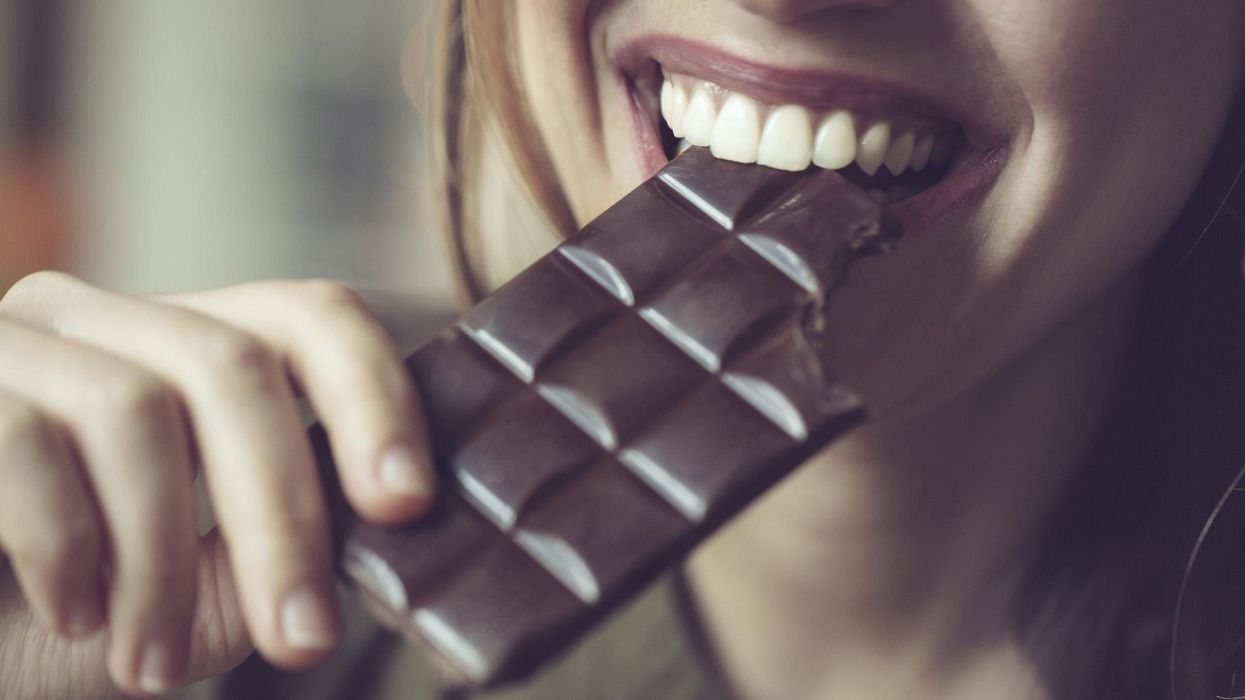Viral
Louis Dor
Jan 01, 2018

Picture:
Getty Images/iStockphoto
Chocolate comes from the Cacao plant, specifically from the cacao bean.
The beans are roasted, cracked and de-shelled to create cacao nibs. These are then sometimes made into a paste through grinding, depending on the supplier.
About 400 or 500 beans are processed to make 1kg of chocolate. That's a lot of Cacao plants.
These plants can only grow under certain specific conditions, which are being placed under more pressure every year due to climate change.
The beans grow in rainforest land within 20 degrees of the equator, requiring a relatively constant temperature, rain, and humidity throughout the year.
Under this climate strain, over half the world's chocolate now comes from the Ivory Coast and Ghana.
However, in the future, these areas will struggle to produce chocolate. By 2050, rising temperatures will push chocolate-growing regions 1,000 feet upwards into the mountains, to facilitate cacao growth. It's estimated that 89.5 per cent of the 294 locations examined in these countries will become less suitable for cacao production by 2050.
Most of this area is currently preserved for wildlife, according to the United States National Oceanic and Atmospheric Administration (NOAA).
This is predominantly due to the lack of humidity, not necessarily the temperature.
The NOAA wrote last year:
The danger to chocolate comes from an increase in evapotranspiration, especially since the higher temperatures projected for West Africa by 2050 are unlikely to be accompanied by an increase in rainfall, according to business-as-usual carbon dioxide emissions scenarios. In other words, as higher temperatures squeeze more water out of soil and plants, it's unlikely that rainfall will increase enough to offset the moisture loss.
Some of the research highlighted by the IPCC 2014 report is a 2013 study headed by Peter Läderach. Läderach authored a 2011 paper giving a pretty dire forecast for cacao cultivation; the 2013 study reaches slightly less worrisome conclusions, though challenges to West Africa cacao growers remain.
Selectively bred seeds with superior drought resistance are a remedial option, as is a cultivation called 'cabruca' from Brazil, which involves retaining and replanting rainforest trees to provide cacao trees with shade.
This helps decrease both temperature and evapotranspiration and cacao trees cultivated by this method also seem less vulnerable to pests.
There's still time to adapt, but it will be necessary.
HT Daily Mail
More: Eating chocolate for breakfast is good for your health
Top 100
The Conversation (0)












